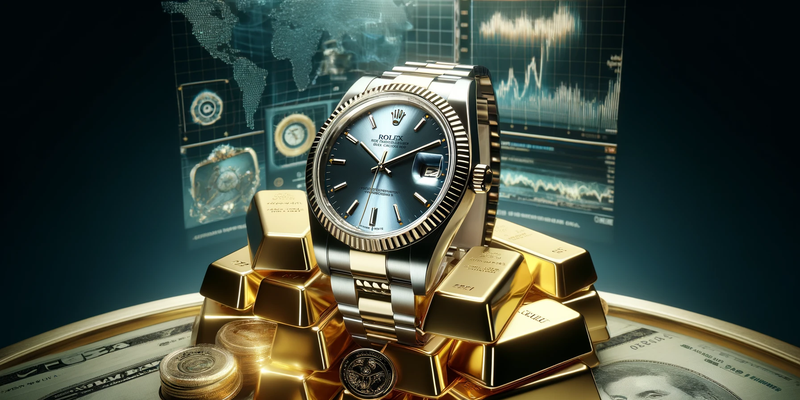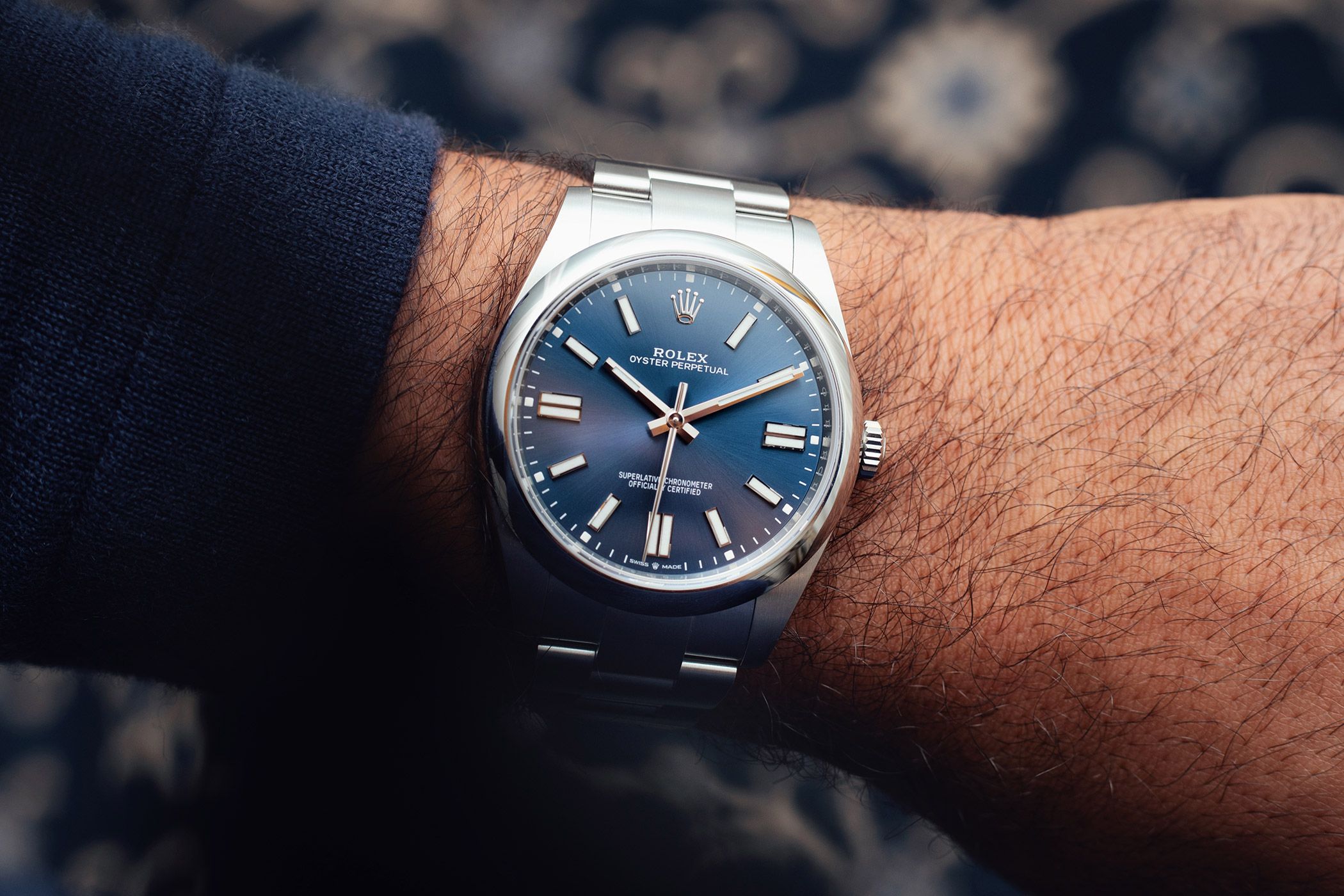
Welcome to the world where time isn’t just measured in seconds, minutes, and hours, but in increments of prestige, exclusivity, and investment returns. In the high-stakes arena of luxury watches, Rolex stands out not merely as a keeper of time, but as a harbinger of wealth accumulation, often rivaling traditional investment avenues like gold and stocks.
Rolex: A Legacy of Quality
Rolex boasts a rich history dating back to 1905. They’ve built a reputation for meticulous craftsmanship, using top-notch materials and cutting-edge technology. Their signature Oyster case, for example, revolutionized the watch industry by offering superior water resistance. This commitment to quality translates into Rolex watches being built to last – a trait increasingly valued in our era of sustainable luxury.
An Investment that Ticks Differently

Imagine purchasing a Rolex Oyster Perpetual 41 for Rs.557,400 from a showroom, only to find its value skyrocket to an eye-watering Rs.21,80,010 in the resale market…a whopping 290% PREMIUM. Comparatively, over the last decade, gold has yielded an average annual return of 4.57%, while the storied S&P 500 index has delivered 11.83%. According to Knight Frank, Rolex watches have averaged a 9% annual return, with platforms like Bob’s Watches noting a 13.1% annual growth for coveted models like the Daytona. Such figures don’t just attract the wealthy; they captivate anyone looking to diversify their investment portfolio with something less conventional but potentially more rewarding.
The Strategy of Scarcity
Rolex’s market prowess is driven by a meticulously curated aura of scarcity. This isn’t mere happenstance but a calculated move. By limiting production and tightly controlling distribution, Rolex ensures that demand perennially outstrips supply. Want to buy a new Rolex? Get ready to join a waitlist that could stretch from a few months to a staggering five years. This artificial scarcity fuels a frenzied demand in the pre-owned market, where premiums can soar to 136% immediately upon purchase, as seen with models like the Rolex Daytona.
Why Does Artificial Scarcity Work?
The psychology behind Rolex’s strategy is simple yet profound. Limiting availability not only preserves the exclusivity of the brand but also enhances the perceived value of the watches. It’s basic economics—the scarcer the resource, the higher its perceived value. This principle turns each timepiece into a treasure chest, locking in not just time but potential future wealth.
A Market Leader by the Numbers
Rolex’s strategy has clearly paid off. In 2023 alone, their watch sales surpassed the $10 billion mark, eclipsing the combined sales of the next five biggest luxury watch brands. With a market share of 30.3%, Rolex isn’t just playing the game; it’s setting the rules.
Investment with a Caution
While the allure of hefty returns is undeniable, investing in luxury watches like Rolex isn’t devoid of risks. Market trends can fluctuate, and the liquidity of high-value watches can vary. Furthermore, the investment depends significantly on the model’s popularity and market demand, which are subject to change. Thus, while Rolexes can serve as a diversification strategy in an investment portfolio, they should be approached with the same caution as any other high-value asset.
Edited by Rahul Bansal










